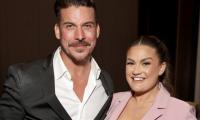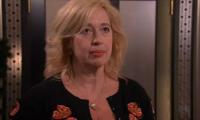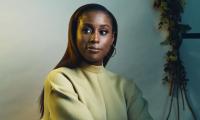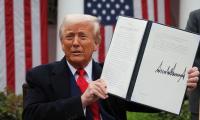North Korea now has a hydrogen bomb. Maybe. Even if the bomb North Korea detonated on Sunday was not a hydrogen bomb, it was North Korea’s most powerful bomb yet.
So far, President Donald Trump has not said (or tweeted) anything that comes close to the threat he made on August 8: “North Korea best not make any more threats to the United States. They will be met with fire and fury like the world has never seen.”
What did President Trump mean? On August 11, NPR asked Dr. Sheila Smith, senior fellow for Japan Studies at the Council on Foreign Relations and an adjunct professor at Georgetown University. Smith replied: “The President didn’t say nuclear, but it sounds nuclear.”
The US has threatened to use nuclear weapons against North Korea before. I have just finished H. W. Brands’ 2016 book, The General vs. the President: MacArthur and Truman at the Brink of Nuclear War. Brands, a professor of Government at the University of Texas at Austin, is the author of bestsellers on Andrew Jackson and Franklin Roosevelt.
The General vs. the President is an odd book. When a book has a picture of a mushroom cloud on its cover and the words “nuclear war” in its subtitle, readers will expect…oh, I don’t know…a book about nuclear war? However, only 35 pages in this 400-page volume mention the atom bomb. Many of those 35 pages contain only passing references to the bomb.
Rather than an edge of your seat real life thriller about Korea “at the brink of nuclear war,” Brands ladles out a conventional retelling of the history of the 1950-1953 Korean War. Brands’ focus is the clash between President Harry Truman and General Douglas MacArthur, the US/UN commander in Korea, which culminated in Truman firing MacArthur. This story has already been told many times before.
The Korean War began on June 25, 1950 when forces of the Democratic People’s Republic of Korea crossed the 38th parallel of latitude into South Korea, a US client regime.[1] On June 30, President Truman illegally ordered American ground troops to Korea without consulting Congress.[2]
Unmentioned by Brands, Truman sent two groups of B-29 bombers to the UK and Guam in July. The planes carried atom bombs which were complete except for their fissile plutonium cores which remained in the United States. (At no time during the war were there “live” atom bombs in Korea.) If Truman decided to resort to the bomb, the UK bomber group would target the USSR and the group in Guam would target North Korea and China.
The war turned against UN forces after the entry of Chinese troops in late October. At his November 30 press conference, Truman terrified the world. Truman answered a question about potential use of the atomic bomb by saying that use of the bomb in Korea had always been under “active consideration.” Brands treats Truman’s answer as a blunder (page 223). More probably, Truman was consciously signaling to the Chinese Communists and the Soviets.
As Kim Jong-un is signaling today. Every bomb test, every missile fired over Japan or towards Guam, is a message addressed to the US. Kim knows what the US does to states, like Iraq and Libya, which do not have nuclear weapons. Sometimes, I wish I could tell Kim: “All right. We get it. You have nuclear weapons and you will defend your country. You don’t have to keep proving it.”
Except the US doesn’t get it. Secretary of Defense James Mattis has threatened a “massive military response” should North Korea continue on its present path. UN Ambassador Nikki Haley has declared that there is “no more road left” for negotiations.
This article has been excerpted from: ‘The Atomic Bomb and the First Korean War’.
Courtesy: Counterpunch.org
Invention of Bakelite by Belgian chemist Leo Baekeland in 1907 marked beginning of large-scale plastic production
It was found that at least 60% of answers given by AI were inaccurate or blatantly incorrect
Apple and other manufacturing giants face skyrocketing costs as their China-based supply chains get taxed into oblivion
Pakistani mills buy American cotton, turn it into products, and sell those goods back to American consumers
Senior Pakistani delegation is scheduled to visit Washington for trade and tariff negotiations
Sialkot’s products meet stringent international quality standards, ensuring reliability and safety in medical...







